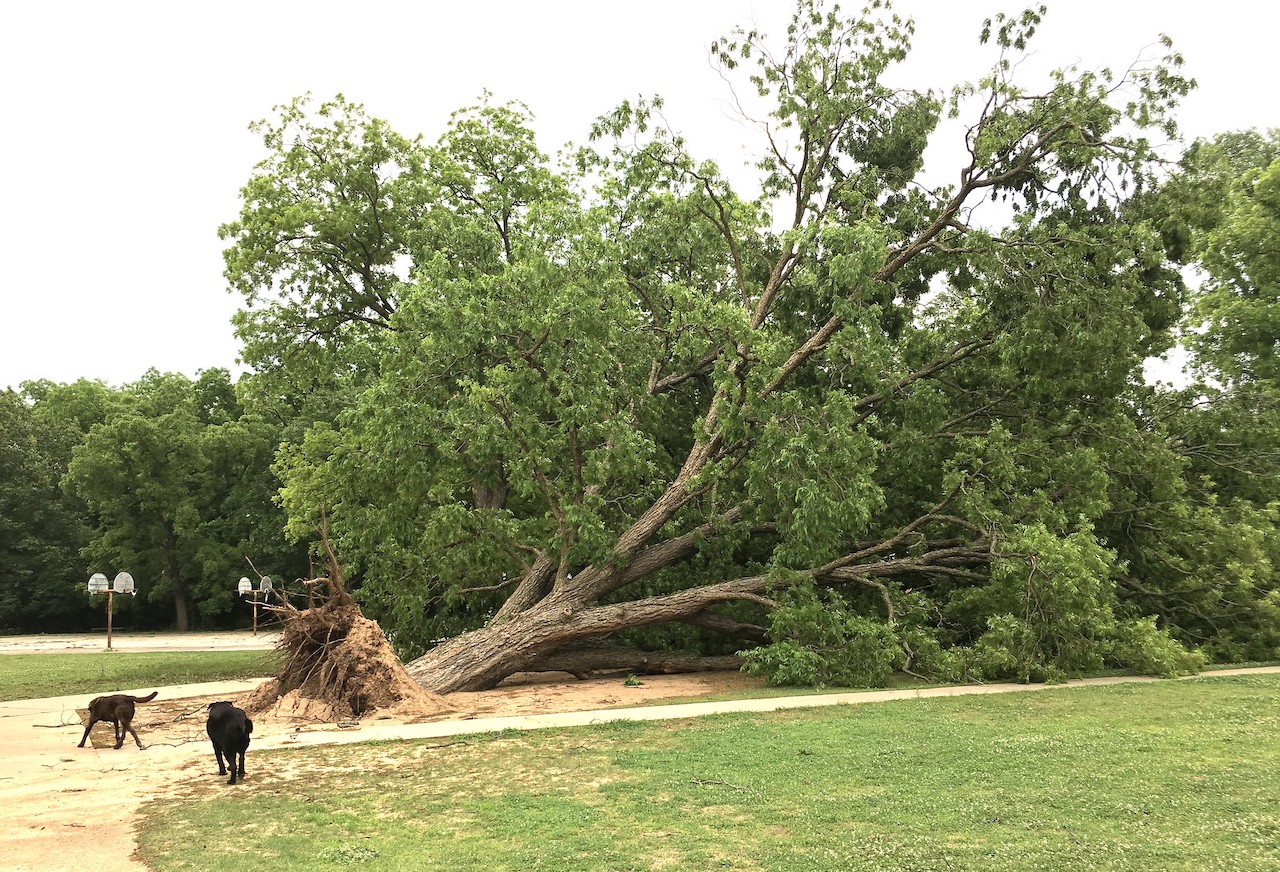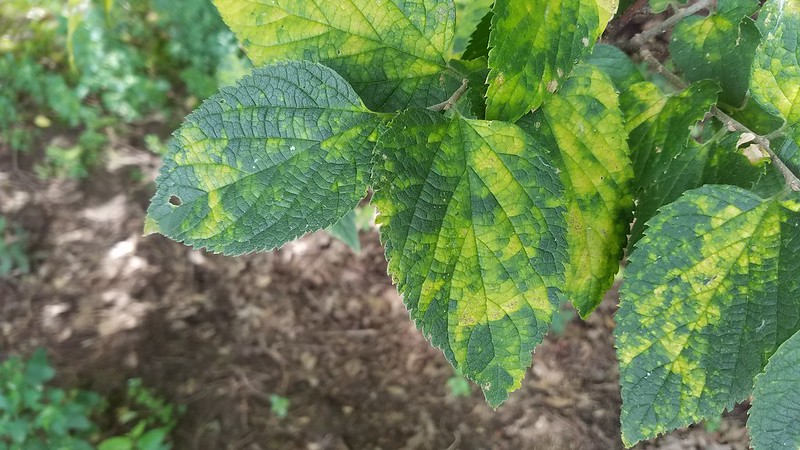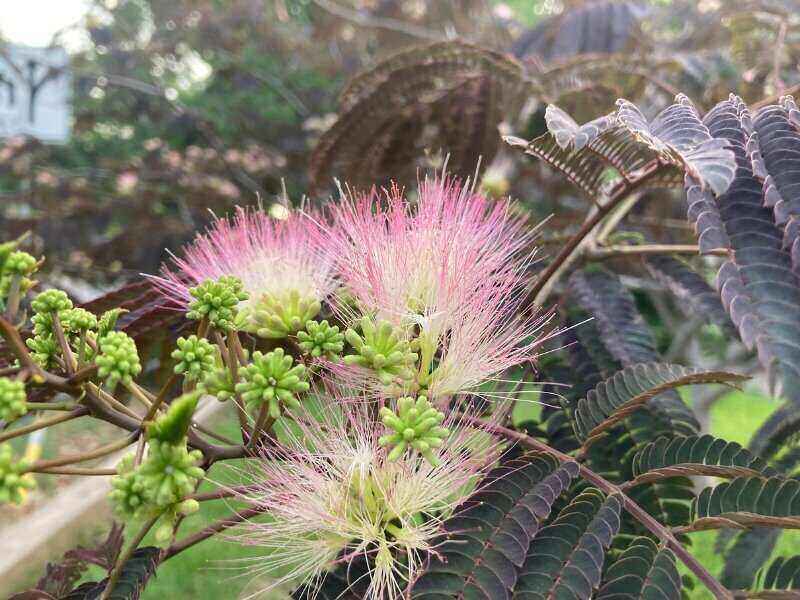
Planting trees isn’t a cheap, nor easy feat. Which makes it all the worst when you pick out a tree at the nursery, dig a hole, and get in situated in the ground, only to find out a few years down the road that it’s a horrible tree to have in your yard. To avoid that here’s my list of the worst trees to plant in San Antonio!
1. Pecan
Yes, I know, the pecan tree is the state tree of Texas, and I’m not trying to ruffle feathers. Pecan trees are great but they aren’t well-suited for urban settings such as San Antonio. They reach enormous sizes when fully mature, overwhelming properties. The wood is brittle, too, putting the limbs at risk of snapping during storms, or even toppling, as the one at the top of this page did.
2. Hackberry

After the introduction of Dutch elm disease (DED) into the US, Hackberry trees quickly became a popular replacement for elms. While hackberry is resistant to DED it is highly susceptible to an unsightly disfiguration known as witches’ brooms — a proliferation of small branches and twigs bunched together at the ends of branches. They are also prone to woolly aphids that drip sticky “honeydew” everywhere.
3. Chinaberry
This invasive pest has origins in Asia and Australia, making its way to the US in the 1930s. Chinaberry trees grow rapidly from root sprouts to form dense thickets that can crowd out native plants and trees. On top of that, all parts of the tree, especially the fruit, are poisonous to humans, some livestock, and mammals including cats and dogs
4. Mulberry
Yes, the mulberry tree is known for its delicious fruit and they create beautiful shade canopies in your yard. But they’re also a really bad tree to plant in San Antonio. Mulberry trees produce a crazy amount of pollen, their shallow roots are known to destroy sidewalks and driveways, and they create a mess. The mulberry fruit is adored by birds but they have a fairly laxative-like effect, so you’ll be seeing purplish, seed-laden bird droppings on everything close to the tree.
5. Chinese Tallow
Chinese tallow is a popular shade tree in yards and gardens across the Southeast United States due to its fast-growing nature, ability to tolerate adverse soil and climate conditions, and beautiful fall foliage. Unfortunately, they are considered invasive and quickly eradicate all native plants in the vicinity. Seeds are readily dispersed by birds, remaining viable in the soil for two to five years.
6. American Sycamore
The American sycamore is a beautiful tree and one of the tallest broadleaf tree species in North America, towering 100 feet or more above the ground. But therein lies part of its problem. These trees are highly susceptible to insect infestations and fungal problems which weaken the tree significantly, increasing the chances of limbs snapping off or the whole tree toppling over. Due to their size, it’s an expensive endeavor to hire a professional team to come in and remove them.
7. Mimosa

Fern-like leaves and delicate pink flowers make Mimosa trees a beautiful species to plant in your yard, that’s for sure. Unfortunately, the wood on the “silk tree” is weak leading to considerable damage from rain and/or wind storms. The seed pods are toxic, which can be problematic if you have curious pets or small children, and they dump the seeds, flowers, and leaves as far as they possibly can.
8. Cottonwood
Not only is the cottonwood one of the worst trees for allergy sufferers but just after the pollen flies in early spring, the pollen dust is replaced by those annoying puffballs that clog your air conditioner and make a mess of your pool.
9. Sweet Gum
It’s hard to dissuade someone from planting a sweet-gum tree when I’ve discovered they have some really important attributes, but, don’t plant one. The sweet-gum tree has spiky “gumballs” that hurt when you step on them and are a pain to clean up. On the flip side though, the sap, the leaves, bark, and seeds of sweetgum also possess beneficial compounds such as shikimic acid, a precursor to the production of oseltamivir phosphate, the active ingredient in Tamiflu.
10. Eucalyptus
Native to Australia, eucalyptus trees were introduced to America in the 1850s during the California Gold Rush. These quick-growing trees rapidly became a favorite among homeowners trying to establish yards. They make my “do not plant” list, though, because they shed their bark every year, adding to the amount of yard work you need to tackle. Large branches are also prone to snapping off without warning.
Main image credit: OakleyOriginals, CC 2.0.